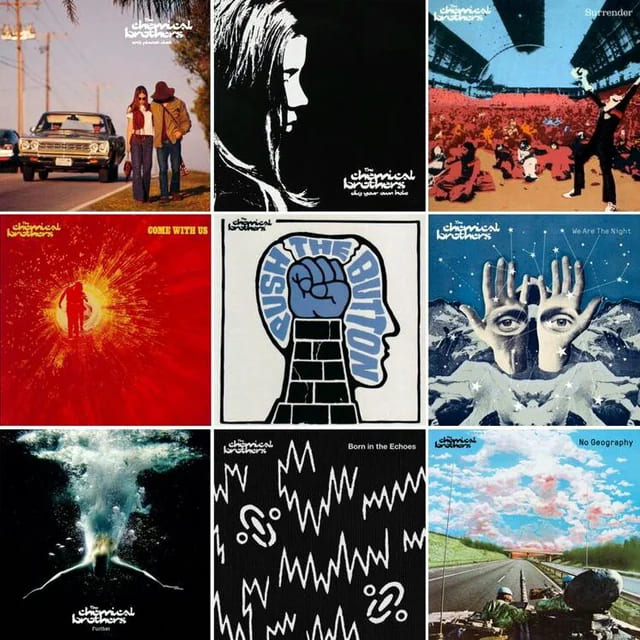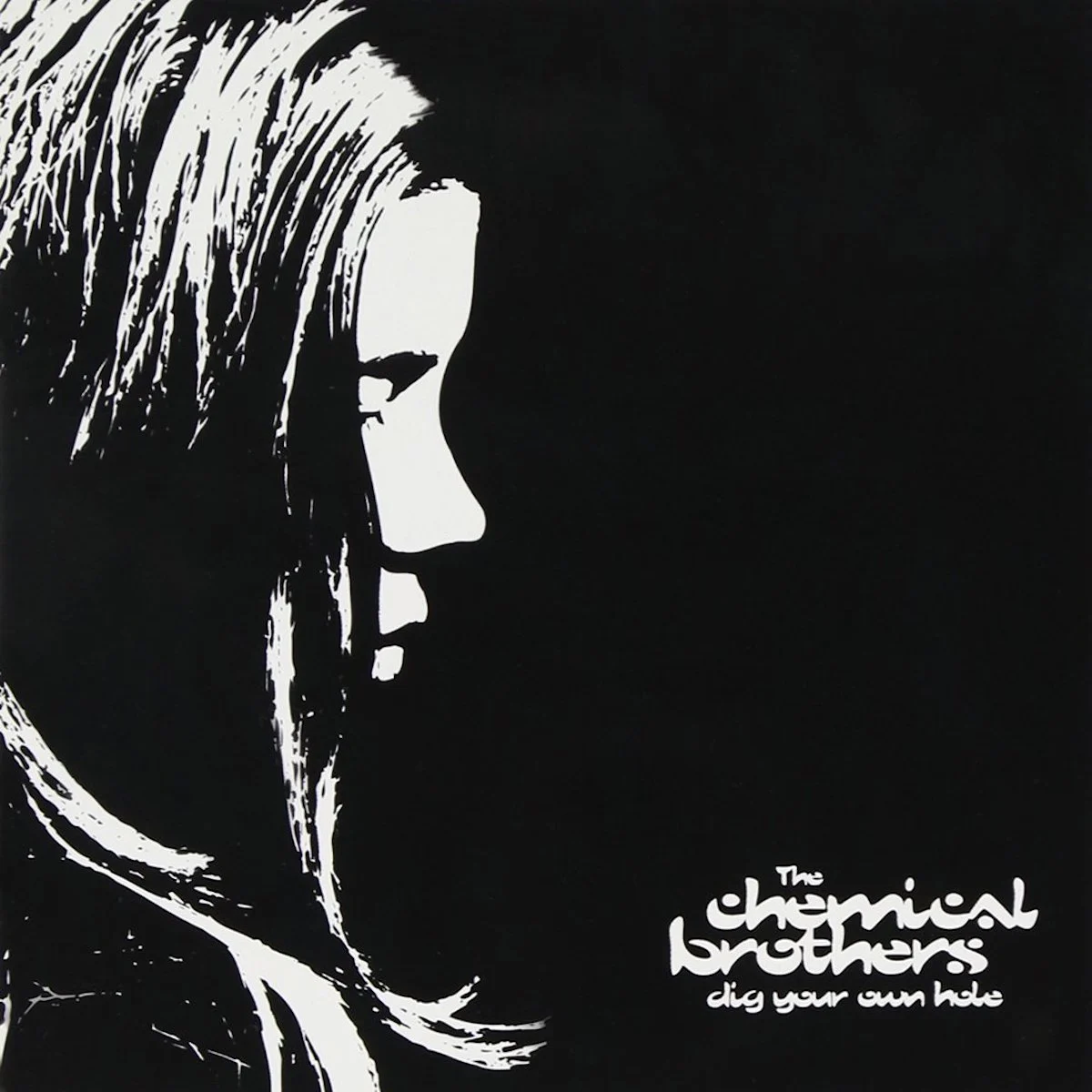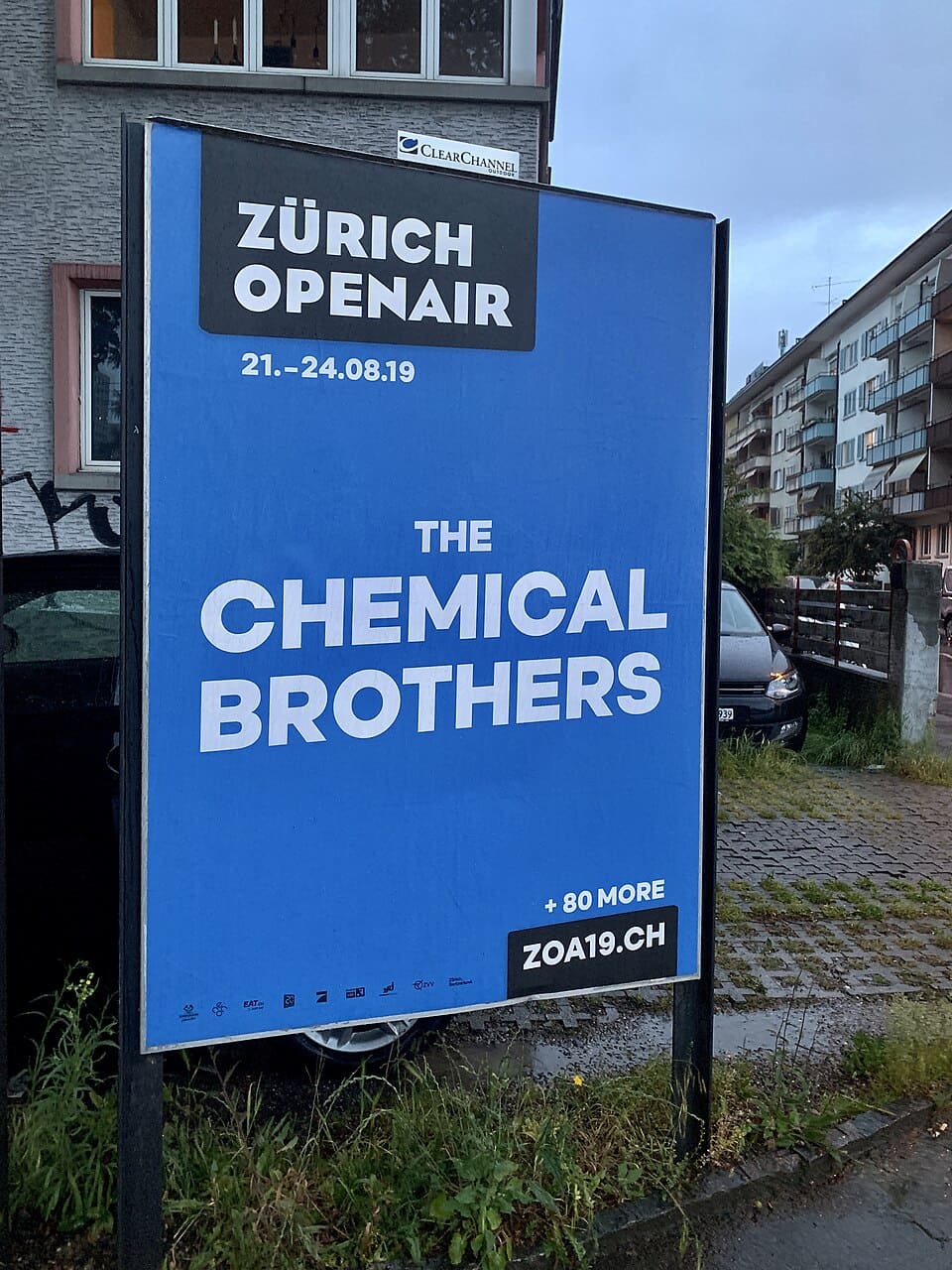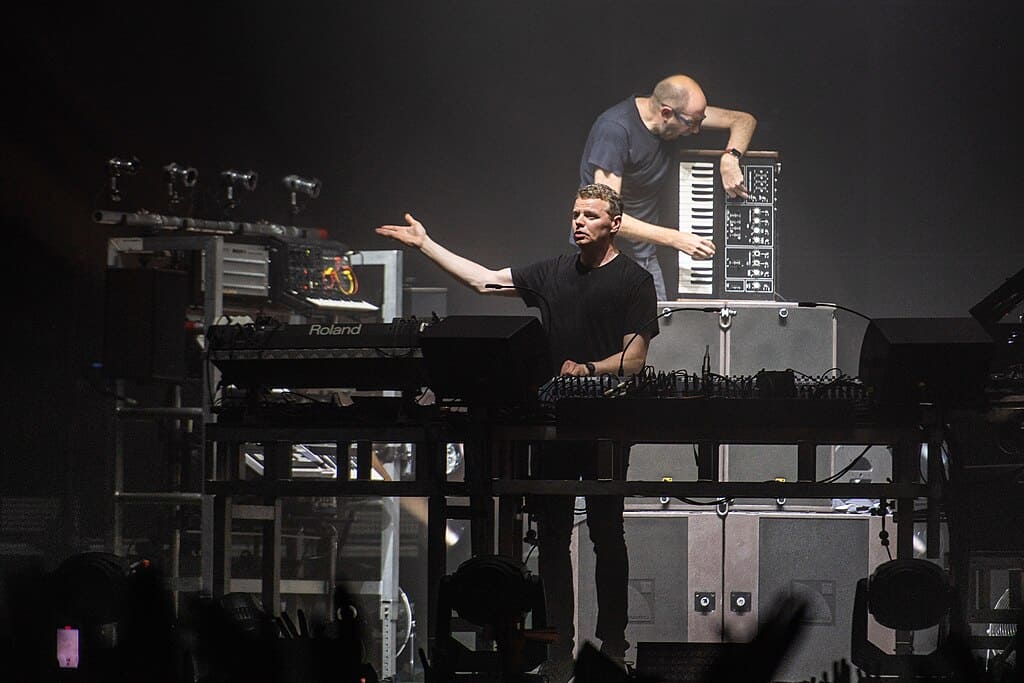
Long before “EDM” was a global business or festivals were multi-million dollar productions, The Chemical Brothers were detonating clubs and stereos with massive beats, swirling psychedelia, and genre-defiant sound design. With a career now spanning over three decades, the UK duo of Tom Rowlands and Ed Simons remains one of the most innovative and enduring acts in electronic music.
Their music never belonged to one scene—it shaped several. From big beat to breakbeat, acid house to arena rock, the Chemical Brothers expanded what electronica could be, not by following trends, but by building an entirely new sonic language.
Origins: Dust and Soul in the Machine
Tom and Ed met as students in Manchester in the early 1990s, bonding over a shared love for hip-hop, post-punk, and acid house. They began DJing under the name The Dust Brothers, borrowing from a U.S. production team, until legal threats forced a name change—hence The Chemical Brothers.
Their early sets were raw, loud, and rhythmically adventurous. Drawing on Public Enemy’s density, Kraftwerk’s discipline, and the explosive chaos of punk, they forged a sound that emphasized heavy drums, distorted synths, and psychedelic transitions.
In 1995, they released their debut album, Exit Planet Dust, and the impact was immediate. Tracks like Leave Home and Chemical Beats signaled a new kind of British electronic music: not club minimalism, but full-blown maximalist hedonism.
Dig Your Own Hole and the Big Beat Explosion
1997’s Dig Your Own Hole was the album that solidified the Chemical Brothers’ place in the pantheon. With features from Noel Gallagher (Setting Sun) and Beth Orton (Where Do I Begin), the album was both a dancefloor juggernaut and a headphone epic.
Its centerpiece, Block Rockin’ Beats, became an international anthem. Breakbeat rhythms collided with sub-bass rumbles, cut-up vocals, and sampledelic textures that pushed the genre into the mainstream without compromising its underground spirit.
They weren’t alone—acts like Fatboy Slim, The Prodigy, and The Crystal Method were also pushing “big beat” into prominence—but The Chemical Brothers maintained a unique musical depth and evolution that would outlast the trend itself.
Visuals, Live Shows, and The Psychedelic Experience
One of the reasons The Chemical Brothers have endured is their commitment to the live experience. Their shows aren’t just DJ sets—they’re sensory immersions. Massive LED displays, strobe-heavy visuals, and carefully sequenced film elements make their concerts closer to a techno opera than a traditional performance.
Their visual collaborator, Adam Smith, helped define their concert aesthetic. Music videos like Let Forever Be and Star Guitar (directed by Michel Gondry) remain high points of music video art—surreal, precise, and rhythmically entrancing.
Evolving with Purpose
While many acts from the 1990s faded, The Chemical Brothers continued to innovate. Albums like:
- Come with Us (2002)
- Push the Button (2005, featuring Galvanize)
- We Are the Night (2007)
- Further (2010)
- Born in the Echoes (2015)
- No Geography (2019)
…showcase a steady evolution in sound. Each record leaned into a different facet of their aesthetic—sometimes more ambient, sometimes more aggressive—but always grounded in rhythmic force and sonic exploration.
In No Geography, they returned to the rawness of their early material, winning critical acclaim and a Grammy. The album’s title track, along with Free Yourself and Got to Keep On, were seen as a revitalized statement: the future of electronica still needed their voice.
Influence and Legacy
The Chemical Brothers didn’t just change dance music—they blurred the boundaries between rock and rave, pop and punk, noise and nuance.
They’ve influenced everyone from Justice and Tame Impala to techno artists like Daniel Avery and Rival Consoles. Their fearlessness in mixing genres paved the way for more hybridized, emotionally charged forms of electronica that dominate now.
They also proved something critical for the longevity of electronic music: that artists didn’t have to remain faceless, or follow the algorithm. They could be experimental and still headline arenas.
Final Thoughts
The Chemical Brothers are more than pioneers of a genre. They’re proof that electronic music can be both visceral and cerebral, deeply physical yet artistically ambitious.
In a culture of fast trends and disappearing acts, their endurance feels almost radical. They’ve stayed the course by staying strange, loud, and unapologetically themselves.
And as long as there are people who want their beats to break blocks, bend minds, and lift souls, The Chemical Brothers will remain essential.
By Jenue,
writer and curator at Electronica Site, tracing the quiet pulse of modern electronic sound.



Questions, collabs, or just vibes? Hit us up
email: nica@electronica.site